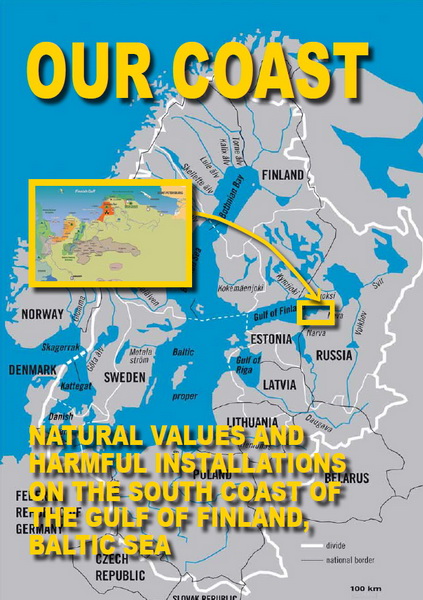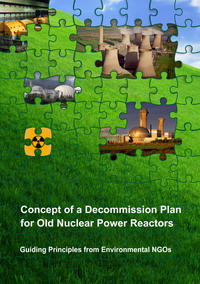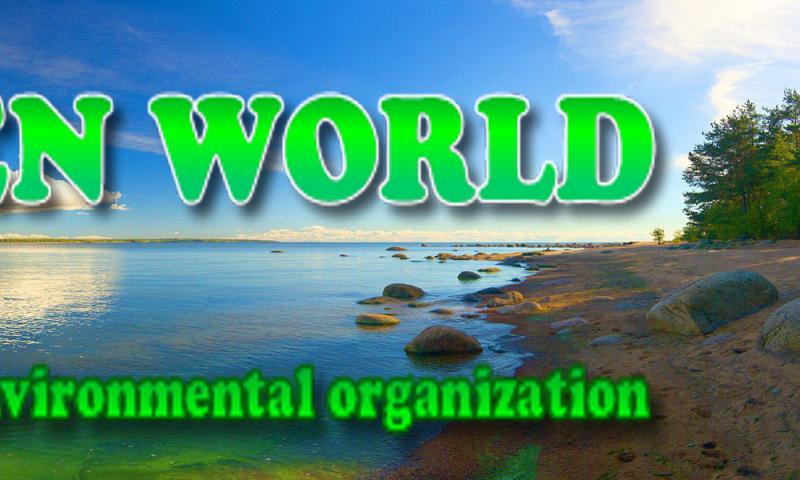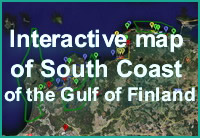
 |
The South Coast of the Gulf of Finland |
|---|---|
| Natural Values and Harmful Installations |
 |
Concept of a decommission plan for old nuclear power reactors |
|---|---|
| Guiding Principles from Environmental NGOs |
An emergency stop of the second power unit of Leningrad Nuclear Power Plant
An emergency stop of the second power unit of Leningrad Nuclear Power Plant took place on Friday, December 18, at 13:50. The reason for the stop and cooling of the reactor was a sudden leak of radioactive steam from a faulty pipe in one of the rooms of the turbine shop.
Both the turbines that serve the reactor were stopped.
During the cooling-down step, the reactor steam was ejected through the pipe into the environment. A south-southeast wind of 5 meters per second (not typical for this area) blew the radioactive steam toward the Gulf of Finland, in the direction of Vyborg - Zelenogorsk. The radiation background in the center of Sosnovy Bor, 5 km from the emergency unit, at 17:00 was measured by Green World and was 20 μR/hr (typical background level).
Thus, the five millionth city of St. Petersburg, located 40 km east of the Leningrad Nuclear Power Plant was fortunate this time. According to some sources, the radiation level rose a few times higher than the background radiation only in the NPP area.
 Photo of the radioactive steam blowing in the direction of Vyborg
Photo of the radioactive steam blowing in the direction of Vyborg
Background:
The second energy unit of Leningrad NPP has been operating for 40 years, with a planned lifecycle of only 30 years. An extension of its license was made without the legally required public hearings and state environmental expertise.
At present all 4 LNPP energy units are operating under conditions of extended licenses. The oldest of the Chernobyl-series reactor in Sosnovy Bor will plan to be stopped only in 2018, after 45 years of operation.
The eastern part of the Gulf of Finland has entered a ten year-long period of increased risks of accidents at its nuclear facilities. In the period up to 2026, on the one hand, an extended service life with a higher probability of accidents of RBMK-1000 reactors of Leningrad NPP will be the norm. In the same period, the commissioning of new power units of Leningrad NPP-2 (VVER-1200) will also represent an increased risk of accidents due to possible errors of designers, builders, and inexperienced personnel.
So the "resonance" of an increase of the probability of number of accidents at the Sosnovy Bor nuclear cluster can be expected.
More detailed information can be found on the GREEN WORLD site www.greenworld.org.ru and in the GREEN WORLD office +7 (81369) 72991, also by mobile phone +7 921 74 52 631
The transfer of our information is welcome.
When reprinting please refer to our periodical.


